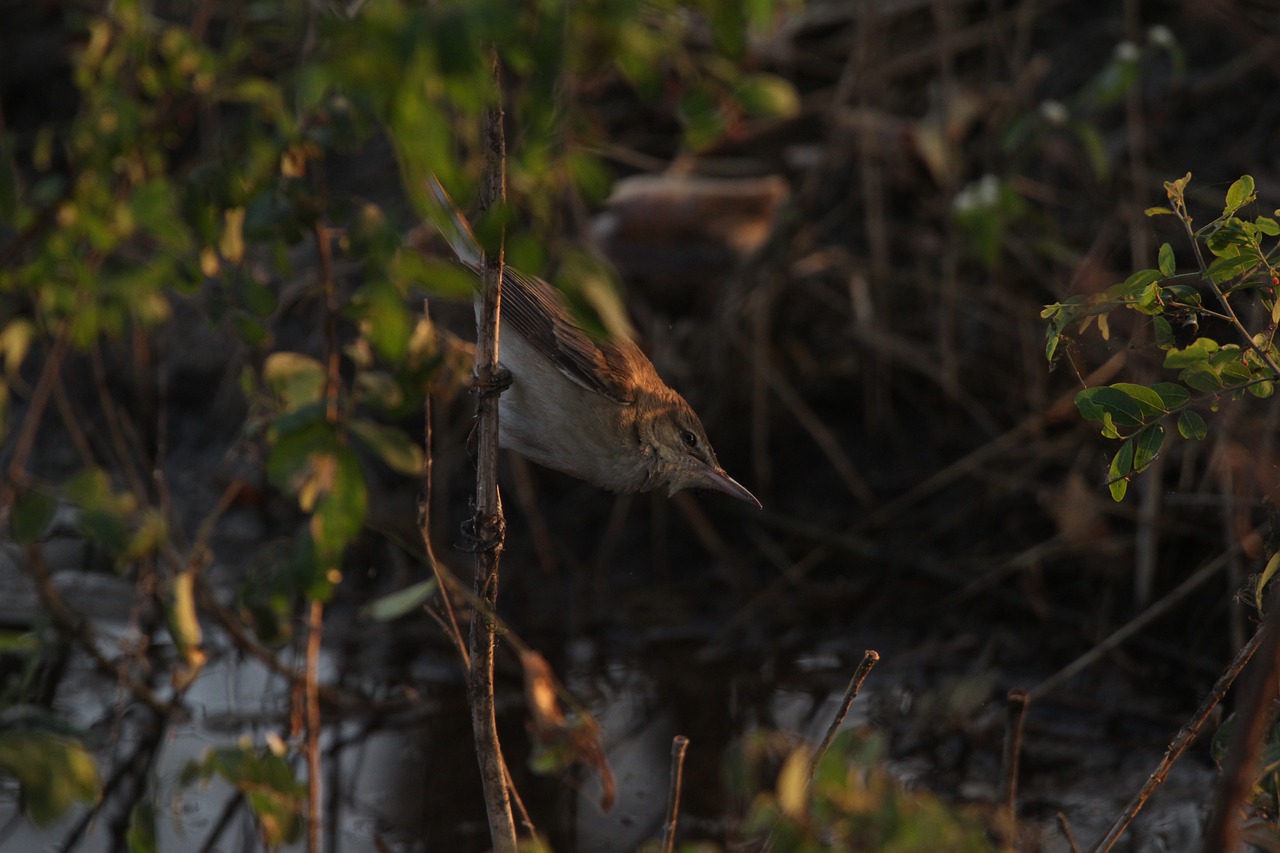Tidsmässiga aspekter på ruggning och bränsleupplagring hos juvenila rörsångare Acrocephalus scirpaceus och sävsångae A. schoenobaenus inför höstflyttninen
DOI:
https://doi.org/10.34080/os.v6.22984Nyckelord:
ringmärkning, fågelstation, ringmärkningsåterfynd, tid för migration, fenologi, fettupplagringAbstract
The extent of post-juvenile moult and fuel deposition prior to migration in Reed Warblers Acrocephalus scirpaceus and Sedge Warblers A. schoenobaenus were analysed using 11 years ringing data from Lake Kvismaren in South Central Sweden. Re-trap data showed that Reed Warblers acquired their first winter plumage in 34 days, compared to 22 days in Sedge Warblers. The moult pattern of the two species differed due to Sedge Warblers only undertaking a fill-in moult of bare body areas. Fuel deposition rates for the two species were similar, 0.38 g/day for Reed Warblers and 0.34 g/day for Sedge Warblers. The estimated average fuel stores at departure from Lake Kvismaren differed, with Reed Warblers found to leave with a fuel store of 21% (in relation to lean body mass) compared to 6.2% in Sedge Warblers. The median date of departure from Lake Kvismaren was estimated to 30 August for Reed Warblers and 12 August for Sedge Warblers. The earlier departure of Sedge Warblers, with smaller fuel stores, may reflect different migration strategies between the species.
Nedladdningar

Downloads
Publicerad
Referera så här
Nummer
Sektion
Licens
Författaren/författarna innehar copyright för varje enskilt bidrag, men samtliga bidrag är publicerade under en Creative Commons-licens, så att vem som helst kan dela och återanvända bidraget förutsatt att copyright-innehavaren erkänns.







